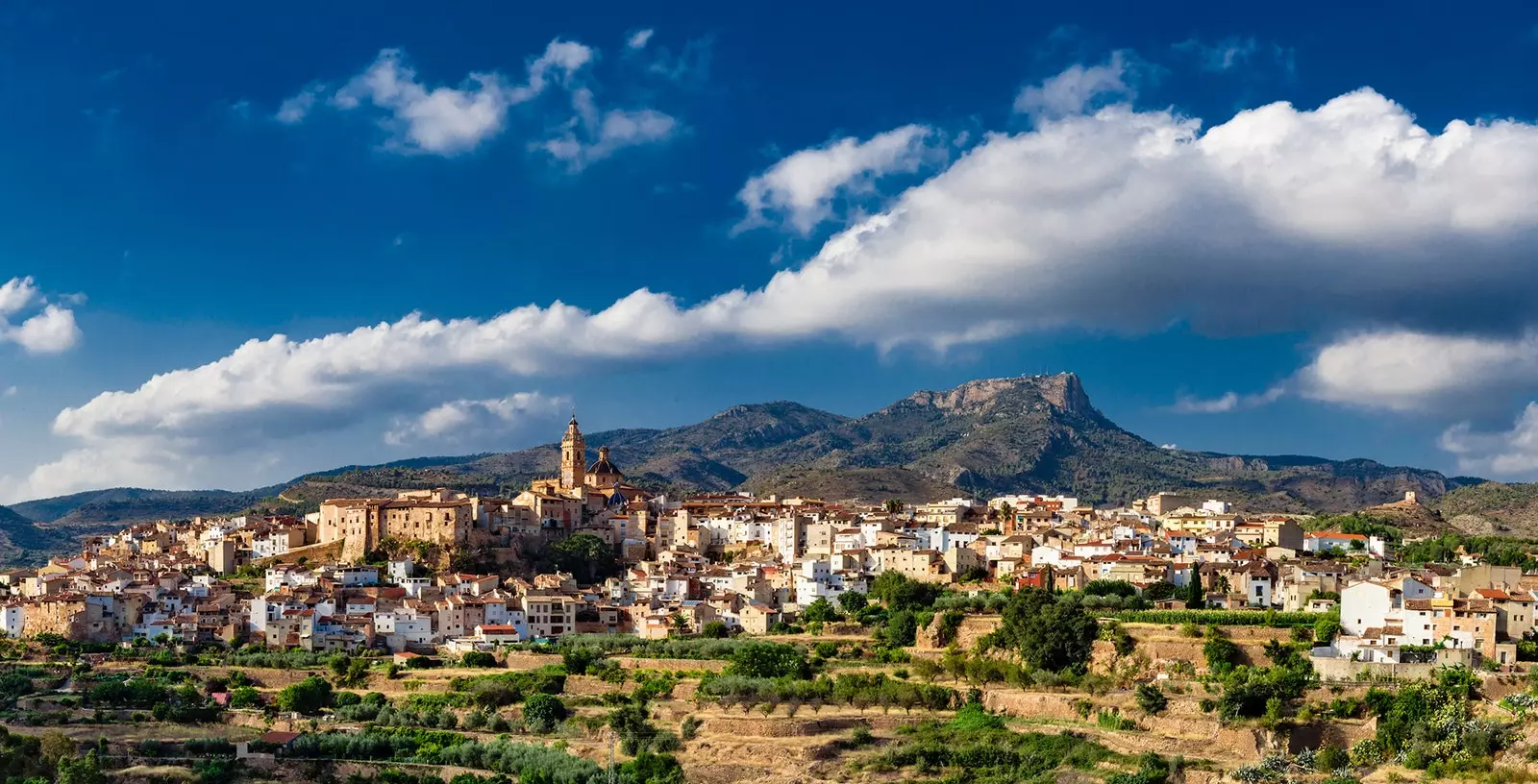
A pearl in the region of Los Serranos
Inside the province of Valencia , where the terraces of typical Mediterranean crops pierce a historic land that has witnessed a thousand medieval battles, is the small town of Chelva.
This pearl of Los Serranos region spends the winters sleepy, with little more than thousand inhabitants , as if life were not with her and at the mercy of the cold winds that punish the valley.
However, as spring approaches, the murmur of the waters of the numerous sources of Chelva, both underground and in the open air, it becomes more and more audible and acts as a sweet wake-up call for trees, esplanades, squares, streets and people.
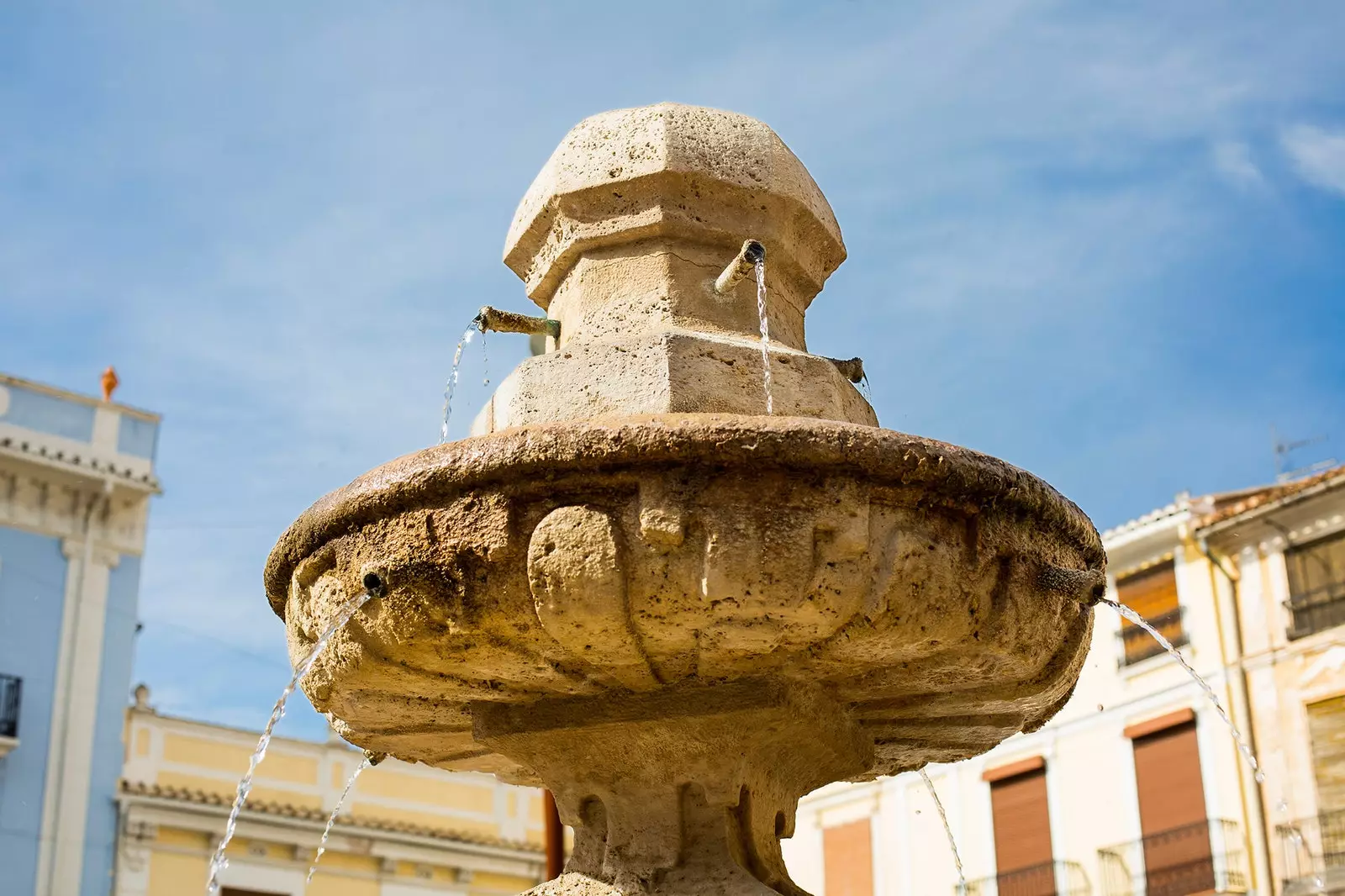
It is in spring when the sound of water returns to the town
Then, the labyrinths of narrow pathways that make up the old quarter of Chelva are filled with life, just as it must have been centuries ago, when Christians, Jews and Arabs lived together in peace and harmony in this town.
You can still see it today the historical and architectural legacy that this cultural miscegenation left in the town. The best way to find out is to go through the Chelva Water Route.
THE HISTORICAL TOWN OF CHELVA
The signs that indicate the Water Route start from the very center of the city, in the main square. This square is presided over by the imposing silhouette of the Church of the Angels, built at the end of the 17th century.
Several streets start from it that go into the Moorish labyrinth of the Benacacira neighborhood. This neighborhood continues to maintain the urban structure of the eleventh century, a wonder that has the power to become a kind of time machine.
as you walk by its narrow alleys, It seems that you can smell the exotic spices that were added to the tasty Arabic dishes served in family homes.
In addition, you walk accompanied by a soft whisper that will not leave you during the entire route. Is the water. A fresh and pure water that you can drink directly from any of the public sources of Chelva.
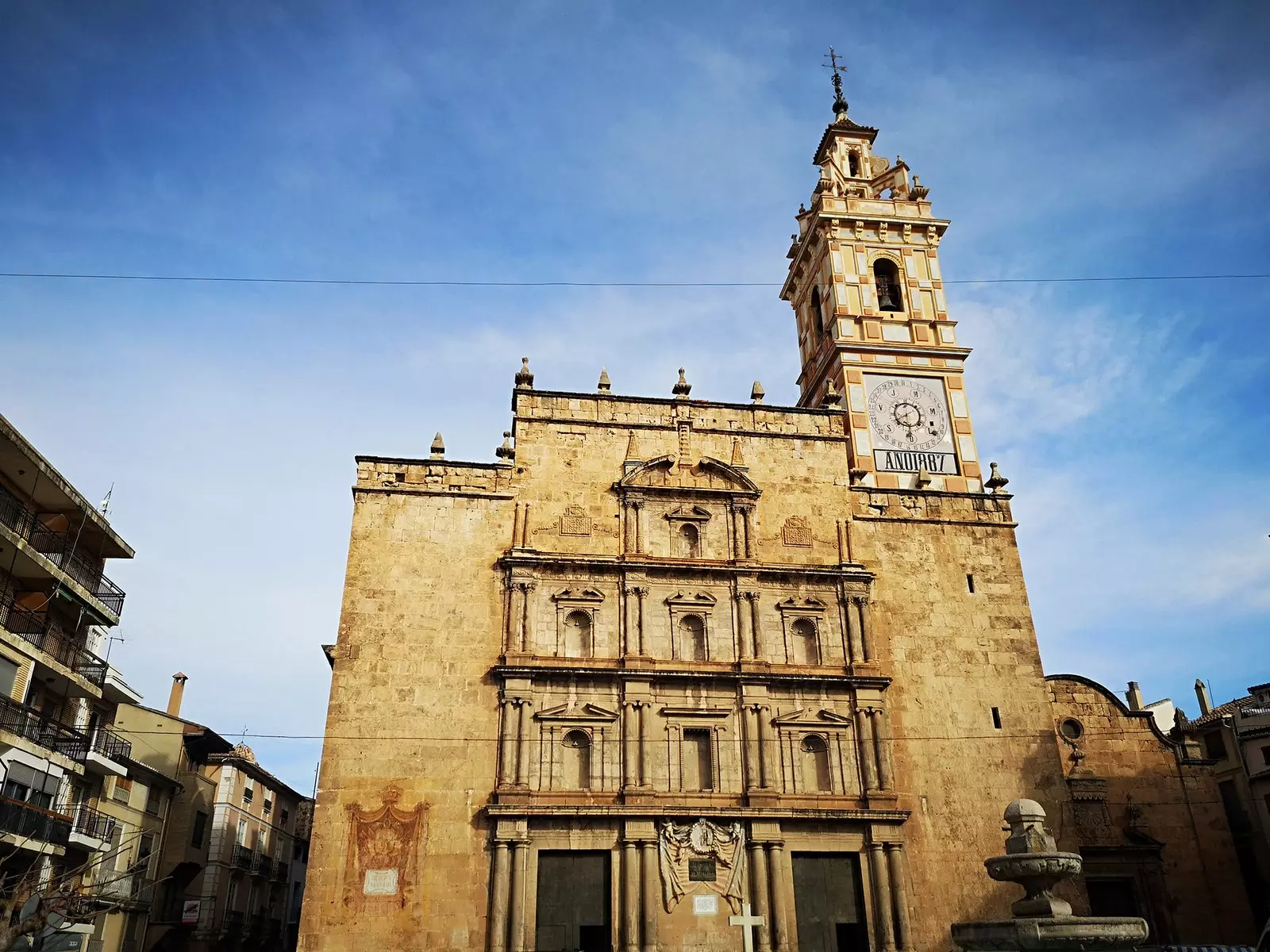
Church of the Angels
In Benacacira **a flea market (zoco)** used to be set up in the square where it stands, since the 17th century, the Hermitage of Solitude, built on the remains of the first Muslim mosque erected in Chelva.
Without leaving the city yet, it is the turn of the Jewish neighborhood of Azoque, also intact its arcades of the low houses with white facades.
As you descend towards the rural part of the Water Route, you still have to cross the suburb neighborhood, Mudejar style, and Christian neighborhoods built later to accommodate the inhabitants who arrived after the Reconquest, led by King Jaime I in this part of the peninsula.
Don't do it in a hurry, because you can't miss the beautiful Hermitage of Santa Cruz, one of the most emblematic religious monuments in the interior of Valencia. It was built on the old mosque of Benaeça, from the 14th century, but, unlike what was done on other occasions, its original internal structure was maintained.
The Old Town Hall, the Ermita de los Desamparados (Baroque style) and the Plaza del Arrabal, where the largest market in the city was held in medieval times, they will give way to nature that peacefully besieges Chelva.
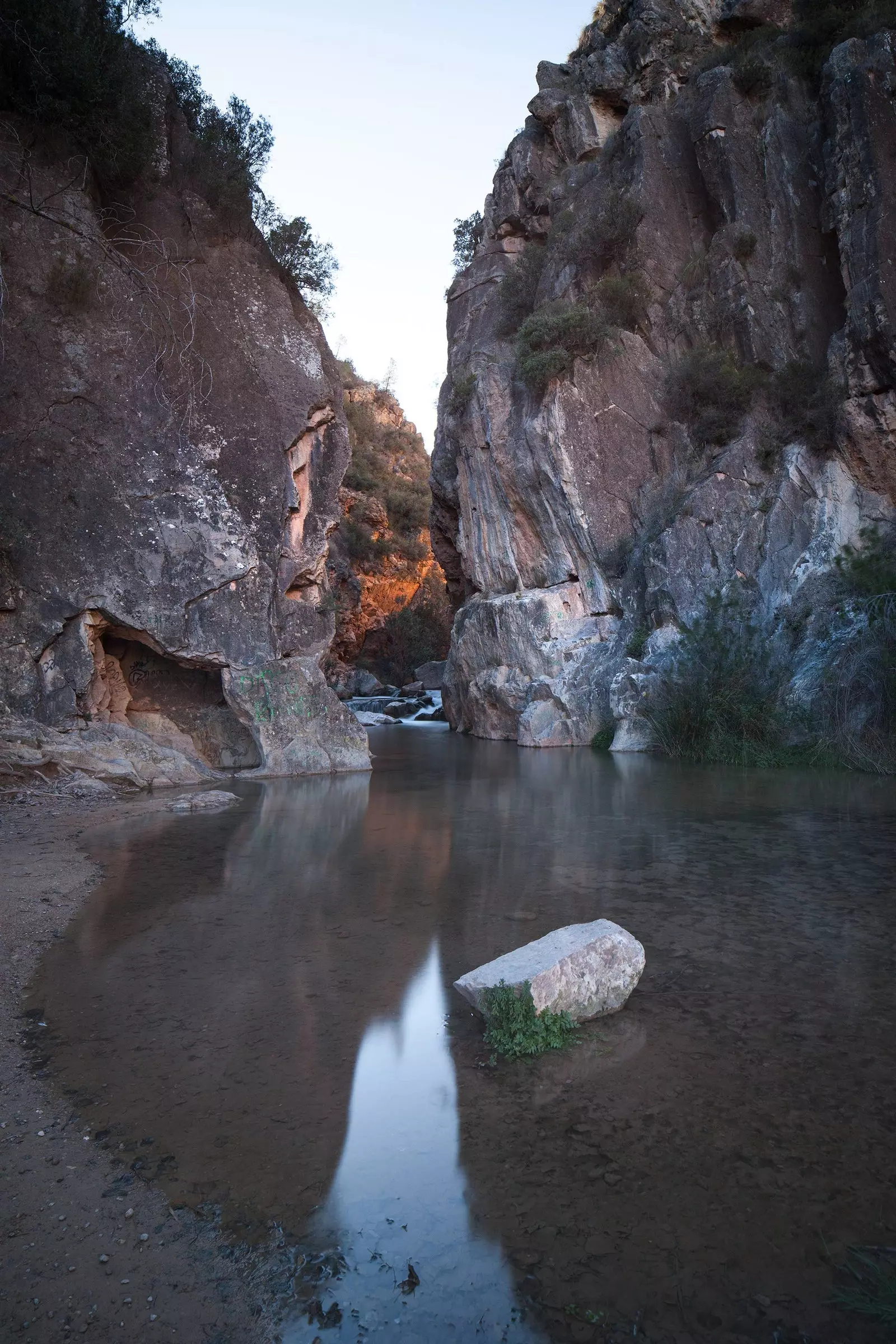
From asphalt to nature
THE WATER ROUTE IN NATURE
And this is how the Ruta del Agua leaves the asphalt and begins to run along the course of the river Tuéjar, tributary of the Turia and source of life in this part of the Los Serranos region since time immemorial.
The first proof of this is found as soon as you descend from Chelva to the river. Is about Molino Puerto, a mill from medieval times that continued to be used until the 20th century and today it is part of a beautiful recreational area, ideal for having a good time outdoors with family or friends.
From there, take the path north, leaving the river to the right, until you reach 'La Playeta', one of the best rural bathing areas in the Valencian Community. The drifting sand accumulates on a shore that you will find crowded in summer and hot weekends, but lonely at any other time of the year. The water here is calm, but a little higher he jumps happily from rock to rock, forming beautiful rushing waterfalls.
After this brief and refreshing stop, the trail ascends slightly and reaches the Olinches Pass tunnel, which measures just over 100 meters. After passing through it, you reappear on a high path, from which you can see the waters of the Tuéjar, flowing encased between poplars and cane groves.
After going around a small hill, this circular path takes you through viewpoints, farm fields, an old abandoned hydroelectric plant – Chelva was the first town in the region to have electricity thanks to the force of the Tuéjar waters – and some others medieval ruins.
Going completely through the Water Route takes about three hours and involves a medium-low difficulty, being a trail suitable for the whole family.
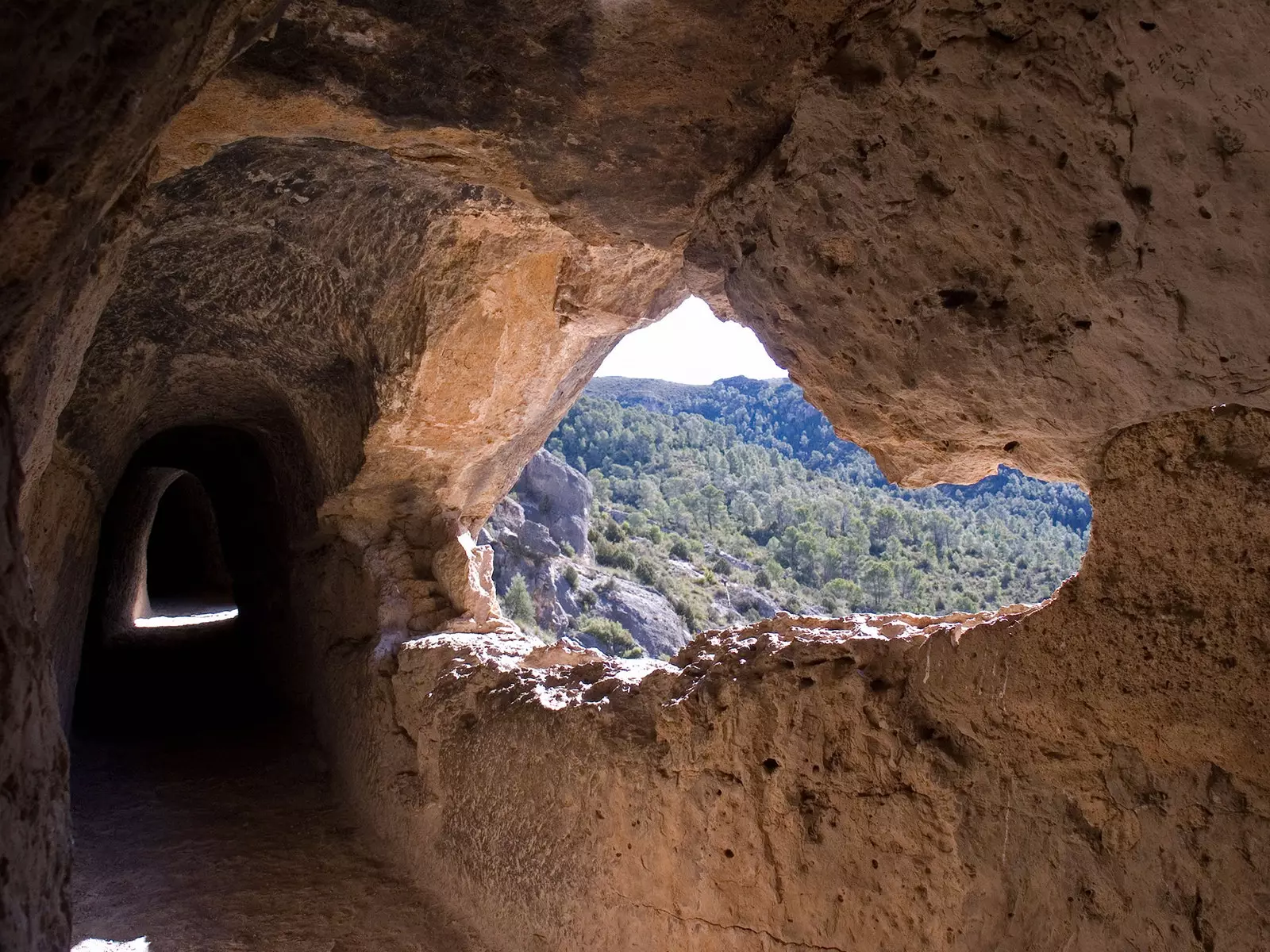
Olinches Pass Tunnel
THE AQUEDUCT OF PEÑA CUT
Located on the opposite side of the Water Route, this aqueduct is another of the most important attractions of Chelva.
The Peña Cortada aqueduct is one of the four main Roman aqueducts that are preserved in Spain. However, this one has something special, because in addition to being in an inspiring natural setting, you can walk on it.
The remains found of this aqueduct have a length of almost 29 kilometers and extend through the municipalities of Tuéjar, Chelva, Calles and Domeño.
Wear comfortable shoes, bring a sheet and a backpack with some food and you can enjoy a picnic in a beautiful, quite unknown corner of Spain while you listen to the murmur of the water. Chelva's blood.
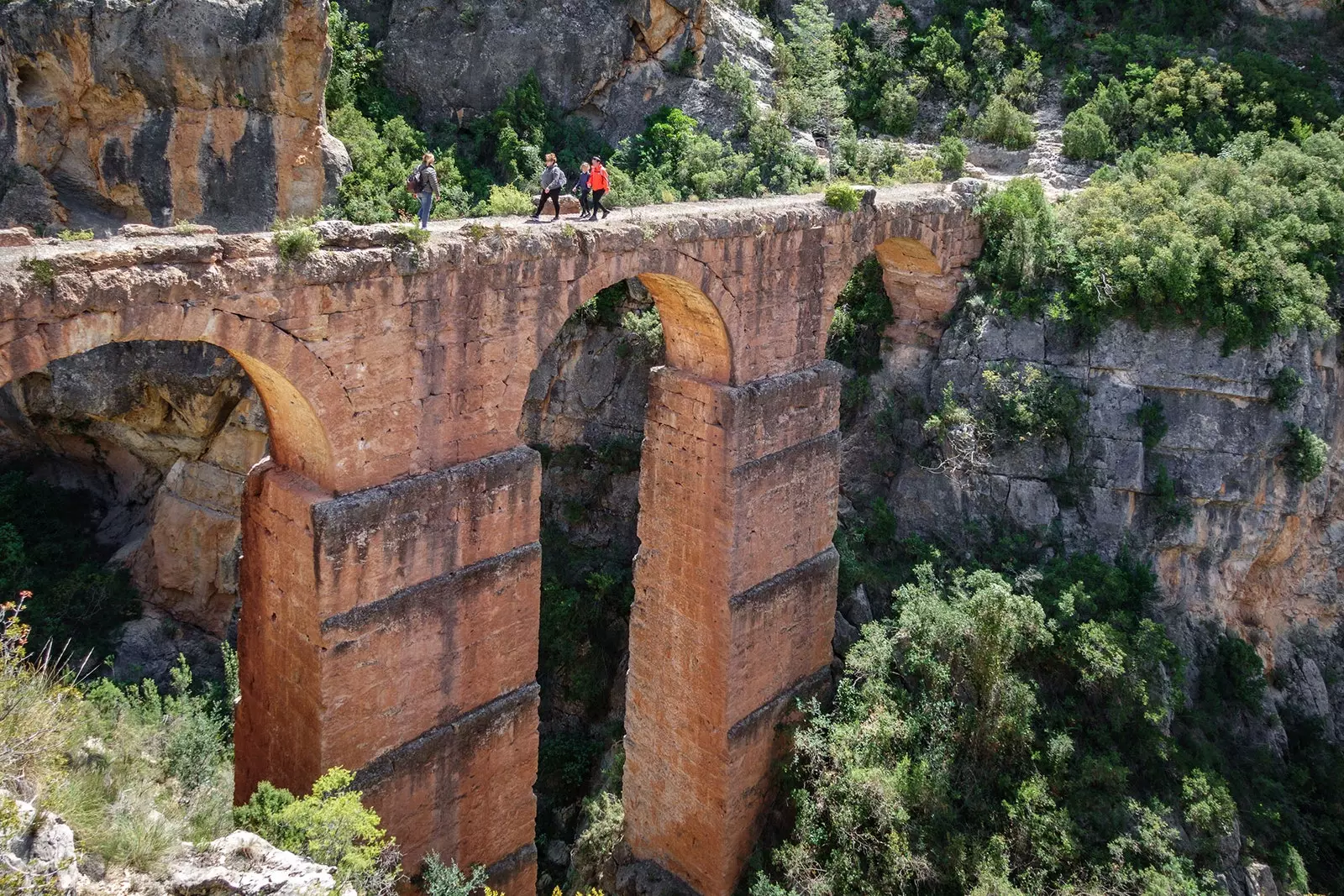
Aqueduct of the Peña Cortada
